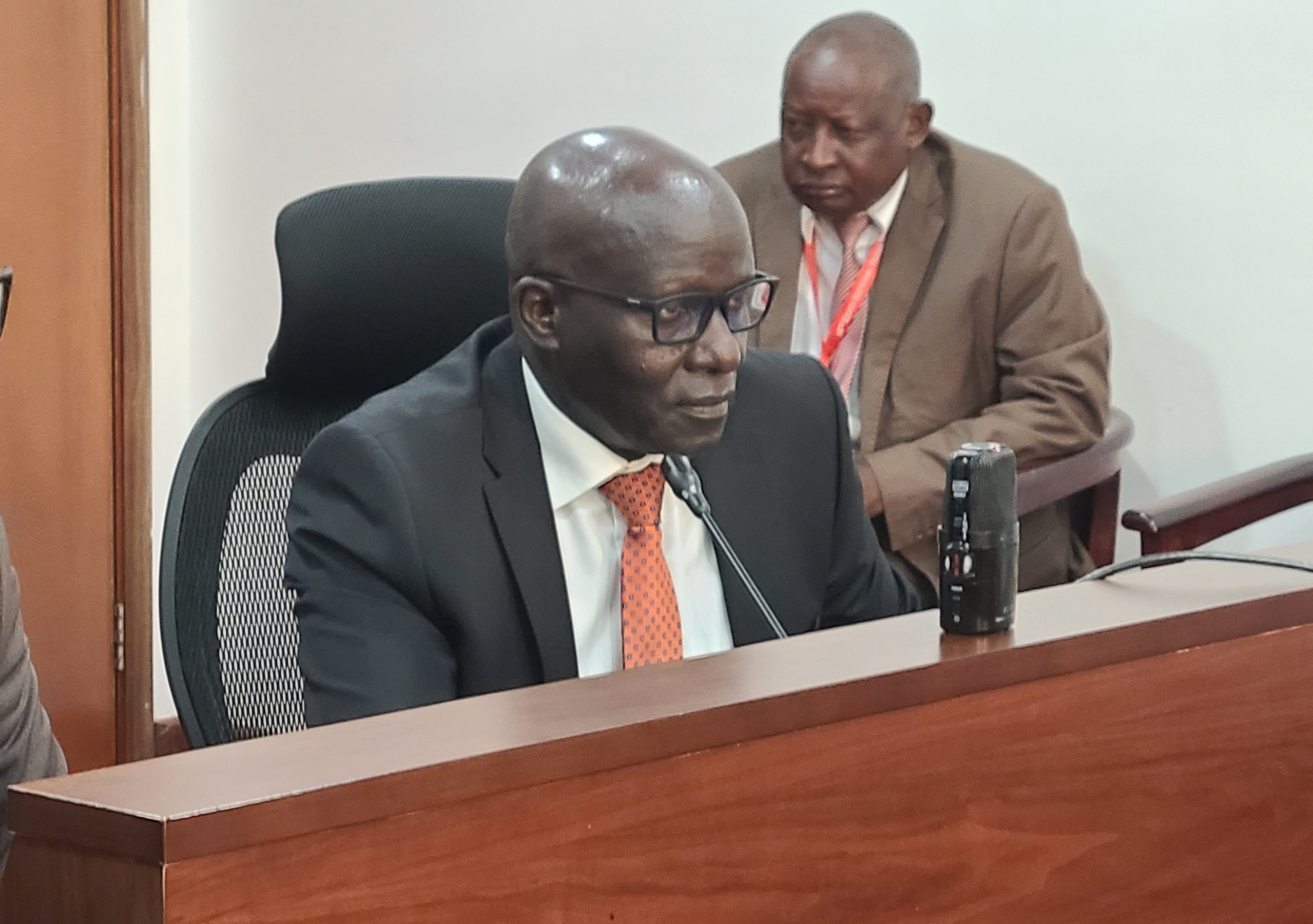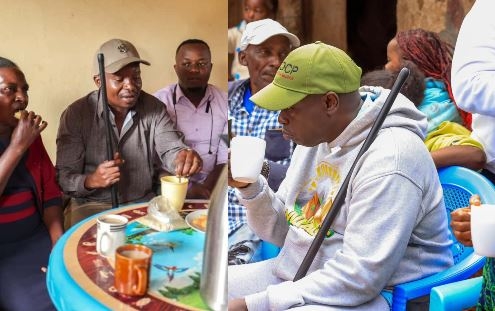Malaria disease prevalence reduced from eight per cent in 2015 to six per cent in 2020 due to sustained interventions, a report has indicated.
In the Malaria indicator survey report released on Wednesday, among the children who tested positive for malaria, 76 per cent had the presence of a P. falciparum infection, four per cent had malaria and one per cent had ovale infection.
P. falciparum is responsible for (almost) all severe human illnesses and deaths due to malaria.
Overall, 19 per cent had mixed infections of P. falciparum and P. Malariae (A parasitic protozoan that causes malaria in humans)
According to the report, six per cent of children aged six months to 14 years tested positive for malaria by microscopy.
''Malaria prevalence generally increases with age, from one per cent among children aged 6-8 months to 8 per cent among children aged 10-14 years", the report said even as Kenya aims to end malaria in the next nine years.
The report showed that Malaria prevalence is higher among rural children than urban children. This is seven per cent versus three per cent.
"Malaria prevalence varies greatly by endemicity zone ranging from below one per cent in the low-risk zone to 19 per cent in Lake endemic zone," it added.
There are an estimated 3.5 million malaria cases and 10,700 deaths in Kenya each year, with those living in Western Kenya being more exposed.
Early in the month, the World Health Organization approved a vaccine against malaria that should be widely given to African children, potentially marking a major advance against a disease that kills hundreds of thousands of people annually.
The WHO recommendation is for RTS, S - or Mosquirix - a vaccine developed by British drugmaker GlaxoSmithKline.
Since 2019, 2.3 million doses of Mosquirix have been administered to infants in Ghana, Kenya and Malawi in a large-scale pilot programme coordinated by the WHO. The majority of those whom the disease kills are aged under five.
That programme followed a decade of clinical trials in seven African countries.
Malaria is far more deadly than Covid-19 in Africa. It killed 386,000 Africans in 2019, according to a WHO estimate, compared with 212,000 confirmed deaths from Covid-19 in the past 18 months.
Edited by D Tarus















